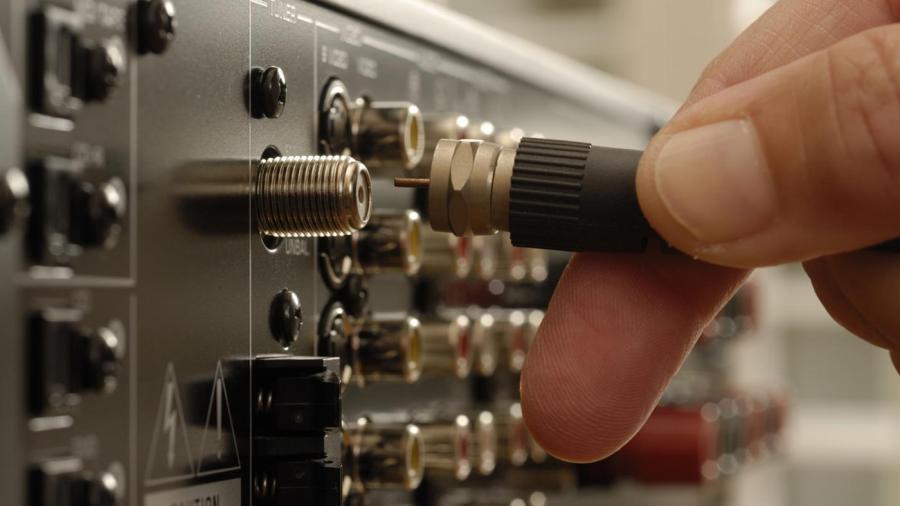What Are the Disadvantages of Coaxial Cable?

From a consumer standpoint, the weakest point of coaxial cable is its vulnerability to signal quality loss during use. Factors that determine the magnitude of the signal loss include the length of the cable, wear on the wire and exposure to sources of electromagnetic interference from other electronic devices.
Another disadvantage of coaxial cable compared to fiber-optic is that it has a much lower overall bandwidth. It is a moderately expensive cable, not as much as fiber-optic, but more than the smaller twisted pair cables. The cost of installation of a coaxial cable is high due to its thickness and stiffness, and the cost of maintenance is also high. These are the main business disadvantages of using coaxial cable. From a customer standpoint, the high maintenance required to sustain decent performance is generally the most annoying aspect of using a coaxial cable system such as cable TV or Internet.
Due to the loss of signal as the length of the cable grows, repeating stations have to be used by the cable company to prevent signal degradation. The inherent flaws of coaxial cable and its sensitivity to disruption are an aggravating cause of poor service performance, a negative that may eventually be phased out as technology shifts to fiber-optic cables.





